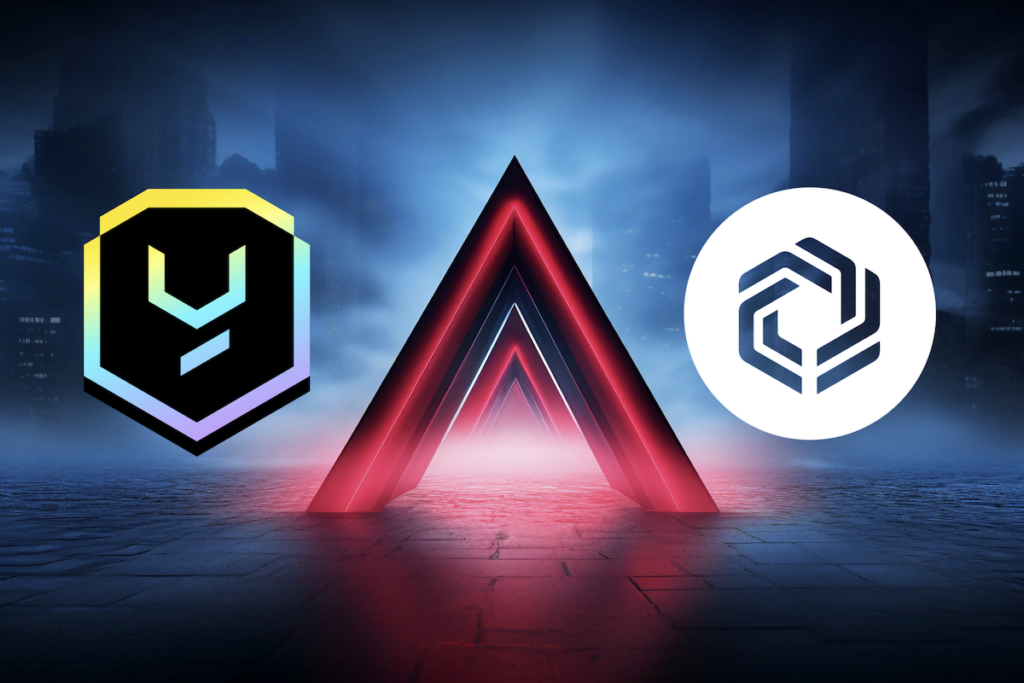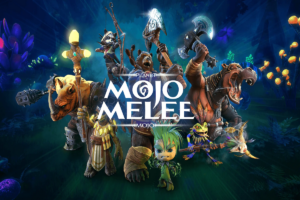The gaming industry is about to get big, and blockchain is at the centre of it. According to Nansen’s latest Web3 Gaming report, the blockchain gaming market will grow 68% CAGR from 2024 to 2030.
By the end of the decade, it will be $301.5B. But what’s behind this, and which genres and platforms are leading the way?
Decentralization and True Ownership
Nansen’s report shows a big change in how players interact with games. Traditional gaming platforms are closed ecosystems where in-game assets stay within the game. Blockchain breaks this model by introducing decentralization and true ownership. Players can now own, trade, and sell in-game assets as NFTs or tokens, giving real-world value to virtual achievements.
This new model not only improves the gaming experience but also introduces financial incentives and combines entertainment with investment opportunities. As Nansen says, this is something traditional gaming platforms haven’t offered, so GameFi – gaming and decentralized finance – is the sweet spot for both gamers and developers.

Role-playing games are the Web3 Gaming Frontier
While the blockchain gaming industry is growing across all genres, Nansen’s report says RPGs are best suited to benefit from decentralization. RPGs are all about character development, immersive storytelling and complex in-game economies – all things that align perfectly with blockchain.
In traditional RPGs players invest a lot of time and effort into building characters and getting rare items but these achievements are locked within the game. Blockchain changes this by tokenizing in-game assets, allowing ownership and trading as NFTs. Nansen’s research shows this not only gives value to players’ efforts but also increases engagement by providing more incentives for progression.
This is supported by a 2023 Game7 study which found RPGs make up 22% of all Web3 games, the most popular genre in blockchain gaming. Action games are second at 17%, showing strong player interest in genres that offer depth and interactivity.
High-quality games are elevating GameFi
Nansen’s report also shows the emergence of AAA and AA games in the blockchain space. These high-budget games, often backed by big funding and experienced dev teams, are starting to make their mark in GameFi.
According to the report, several factors contribute to this. Developing in the Web3 space requires expertise in blockchain and smart contracts, which often means bigger budgets and teams. Player preferences also play a big role.
Data from Steam referenced by Nansen shows that 71% of daily users play AA or AAA games, so there’s demand for high-quality games, and GameFi is starting to fill that demand.

New games are setting the bar
Illuvium: Visuals and Blockchain
Illuvium is a 3D visually stunning game that combines player versus environment (PvE) and player versus player (PvP) mechanics. Players collect and trade creatures called Illuvials, all tokenized as NFTs. This is an example of how blockchain can add to traditional gaming experiences.
Axie Infinity: The OG Play-to-Earn
Axie Infinity is credited for inventing the play-to-earn model. Players earn tokens through gameplay which can be exchanged for real-world value. The game has a dual token system: Smooth Love Potion (SLP) for in-game activities and Axie Infinity Shards (AXS) for governance. Despite user retention issues, Axie Infinity’s early mover advantage and active community have shaped the GameFi landscape.
Seraph: Variable Rewards and Engagement
According to Nansen, Seraph stands out by introducing a variable rarity item and loot box system, adding an element of surprise. This allows players to get high-value rewards regardless of investment size. The game uses NFTs to authenticate rare virtual assets, keeping players engaged and consistent.
GameFi Metrics
Despite the overall market decline Nansen shows that blockchain games daily trading volume increased by 8.94% in August 2024. Here are the metrics:
- Seraph: 537,000 DAW and 66% 7-day retention
- Axie Infinity: $34 million NFT market cap but 154,000 DAW
- Illuvium: 200 DAW and $2.8 million NFT market cap
These numbers show existing games still have value but new entrants like Seraph are gaining user engagement fast.
GameFi Infrastructure
Nansen’s report also looks at top GameFi chains, gas fees, transactions per second (TPS) and scalability – the building blocks of NFT-based gaming ecosystems.
- Gas Fees: opBNB has the lowest median fee at $0.0001; Immutable X has no gas fees for NFT minting and transfers.
- Transactions Per Second: Ronin has 100,000 TPS; opBNB has 10,000 TPS.
- Security: opBNB and Immutable X have no major hacks; Ronin had a big breach but has since tightened up.
Conclusion: A Decentralized Gaming Future
Nansen’s Web3 Gaming report shows the industry is ready to blow. Blockchain is redefining gaming by giving true asset ownership and new economic models. As RPGs and high-quality titles come out and are supported by good infrastructure and active community the future of gaming looks more and more decentralized and player-driven.
Editor’s note: Written with the assistance of AI – Edited and fact-checked by Jason Newey.
Author
-

Jason Newey is a seasoned journalist specializing in NFTs, the Metaverse, and Web3 technologies. With a background in digital media and blockchain technology, he adeptly translates complex concepts into engaging, informative articles.




